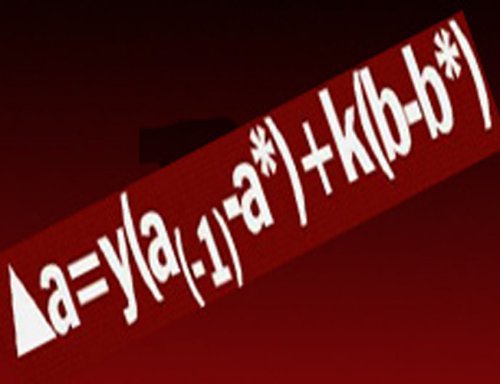TEPAV: “With a Fiscal Rule, Fiscal Policy of 2011 Could Have Been Looser” TEPAV conducted a study titled "What Would Budget Deficit Be With a Fiscal Rule?"

ANKARA - TEPAV stated that a fiscal rule would have required a tighter fiscal policy in 2010 and a looser fiscal policy in 2011 in line with the targets of the 2011 Medium Term Program (MTP).
TEPAV published a study titled: "What Would Budget Deficit Be with a Fiscal Rule?" The study maintained that fiscal rule that would build credibility and maintain fiscal stability by fixing a rule for the fiscal policy was removed of the medium term program in 2010 and thus a mechanism that would act as an "anchor" for fiscal policy was foregone. The note asked, "If the fiscal rule had been implemented in 2010 and 2011, would the fiscal outlook have been different?" The note added:
"The budget deficit realized in 2010 was higher that would have been attained if the fiscal rule was in effect. Budget deficit in 2009 was above 1%, the medium and long term target of the fiscal rule, which requires cutting the budget deficit in 2010. Moreover, the fact that the growth rate in 2010 reached above the medium and long term target 5% indicates that budget deficit must be cut further in comparison with the previous year. A basic calculation suggests that of the change in the budget deficit in 2010 (decrease from 5.09% to 2.45%), 1.35% resulted from the high budget deficit in 2009 and 1.3 percent resulted from the high growth performance in 2010. Thus, the 2010 budget deficit foreseen by the budget rule was 2.45% whereas the realized rate was 3.36%.
For 2011, there is a 0.70% difference between the target of the medium term program and the budget deficit stipulated by the fiscal rule. The budget deficit target set by the MTP is lower than that required by the fiscal rule. Given the low budget deficit in the previous fiscal year and the growth estimates for 2011 slightly above the medium and long term target at 5% requires ensuring a limited drop - approximately 0.60% - in budget deficit as per the fiscal rule. The deficit estimated for 2011 in the MTP is also below this figure."
"Expenditure rule" needed
The assessment stressed that it was of importance to establish a mechanism that would prevent a possible rise in budget expenditures due to the increase in budget revenues in 2011-2013 enabled by the restructuring initiated as per the Law No 6111. Maintaining that with this perspective, although there was no significant difference between the realized budget deficit in the last two years and the level that would have been required by a fiscal rule, a rule mechanism that would cover only the expenditure side of the budget could be considered, the note continued:
"Such "expenditure rule" would not only discipline public expenditures, the main determinant of budget deficit, but also reduce the odds for the implementation of a pro-cyclical fiscal policy and thus strengthen medium term planning. Moreover, public savings surplus achieved hereby will contribute to the lowering of current account deficit.
As a result, although the absence of a fiscal rule did not change budget dynamics in 2010 and 2011 considerably, the recent increase in public expenditures and the one-time improvement in budget revenues to be observed in 2011-2013 period attribute a key importance to a expenditure-side fiscal rule."
Comparison of the Estimated Budget Deficit under the Fiscal Rule with Realized Budget Deficit
|
|
Budget Deficit in the Preceding Year (As a ratio of GDP) |
Rate of Economic Growth (Real, %) |
Fiscal Rule (Budget Deficit / GDP) |
Realized Deficit / Planned Deficit (Budget Deficit / GDP) |
|
2010 |
5.09 (2009 budget deficit) |
8.9 |
2.45 |
3.36 |
|
2011 |
3.36 (2010 budget deficit) |
4.5 (MTP estimation) |
2.75 |
2.05 (MTP estimation) |
Source: Main Economic Indicators, Directorate General for Budget and Control, The Ministry of Finance, 2011.
Medium Term Program, State Planning Organization, 2011.
- Fiscal Monitoring Report 2011 January March Budget Implementation Results
Related Publications
- Fiscal Monitoring














